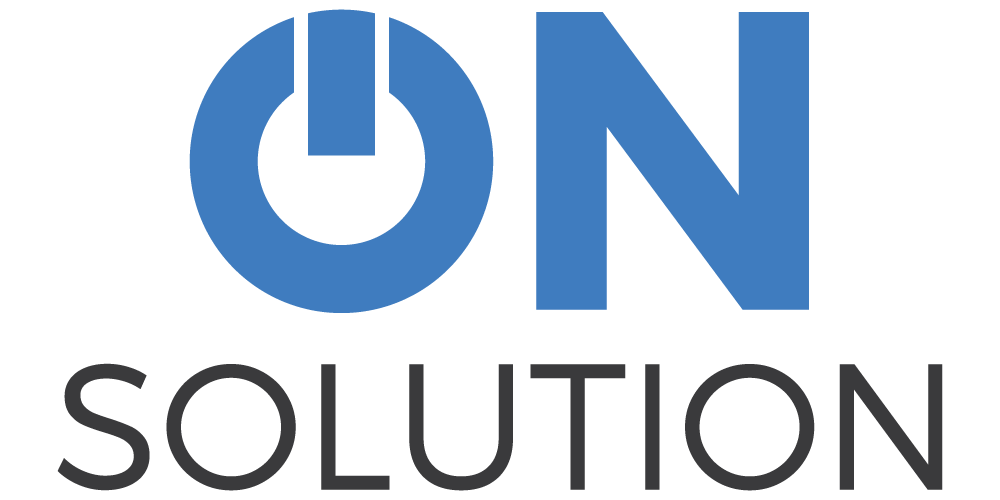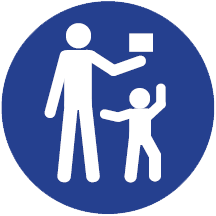Tracking of sterilised instruments
This is the first in a series of blogs explaining our product LTrace which is used for the tracking of sterilised instruments within a hospital, dental practice or GP.
Back ground
Any operation or procedure that has a risk of infection control requires that the instruments used be sterile. This is basically achieved in one of two ways:
1. Single use (disposable) instruments that are sterilised at point of manufacture and are supplied within a sealed packet. The responsibility for ensuring the items are sterile fall upon the manufacturer.
2. Reusable items that have been washed, packed and sterilised.The responsibility to guarantee the items are sterile fall upon the facility.
There are many standards that dictate how an item should be washed, packed and sterilised. A faciliity should have these processes in place already. LTrace acts as a policeman to check that the procedures are being followed. It also records information for the future so that a full audit trail is available.
Setting up the system
Every type of instrument and set is added to the database. With sets it is possible to list all instruments within it. This allows count sheets to be automatically generated. It is also possible to include photos, instructions, and warnings.
If possible, each tray or instrument is indidually identified with barcodes, serial numbers, or some other visual identifier.
The process
After an item has been washed it needs to be packed. At this stage the operator will scan the barcode, or find the item in LTrace. They then print a temporary label that will go on the outside fo the packaging. A count sheet may also be automatically printed at this stage. The label has many benefits which I will discuss in my next blog.
When the item is placed on a trolley it is scanned. Once the trolley has been sterilsied, the batch number is entered into LTrace and the item can then be used. If this does not happen and the item is scanned elsewhere (e.g. in transit or in a theatre) then warnings will appear notifying staff that the item is not sterile.
The item can be scanned as it is received in a store room or theatre. This allows staff to quickly find any item.
The item is then scanned to a patient or procedure when it is opened. This provides a full audit trail for the patient’s stay. I will write more about this in another blog.
Finally when the item is beign washed after the procedure it will be optionally scanned again.This provides the full cycle to be tracked.
Time
I am not sure that using a tracking system requires more time. Following is my comparison for with and without LTrace:
Packing table:
– LTrace: Scan barcode, print label, print count sheet, attach label
– Manual: Write name on sticker somewhere, go to filing cabinet to find count sheet, photocopy if running low
Sterilisation:
– LTrace: Scan each barcode
– Manual: Use a labelling gun to add a label to each. In many locations, write the types of instruments in a book incase a recall is required.
Transport:
– LTrace: Scan each barcode.
– Manual: Do nothing.
Finding an item:
– LTrace: LTrace tells you where the item is. Theatre staff can look it up for themselves.
– Manual: Half a dozen calls between departments insiisting the other department has it. Frantic searching. Heated discussions.
Using an item:
– LTrace: Scan the item as it is opened. After the procedure enter the patients ID and close the process.
– Manual: Remove the stickers and place them on the patient’s record.
Recalling a load:
– LTrace: Know exactly which items were in the load and where they currently are. If they have been used, know which patients.
– Manual: Search every shelf looking for the batch number. Then go through patient records looking for the batch number. Potentially have no idea what the item was that was used on the patient.
Patient audit: FInd out which patients were possibly exposed or caused an infection before or after a specific patient:
– LTrace: One report with all data instantly available. Contact a few patients.
– Manual: Contact every patient before or after.

